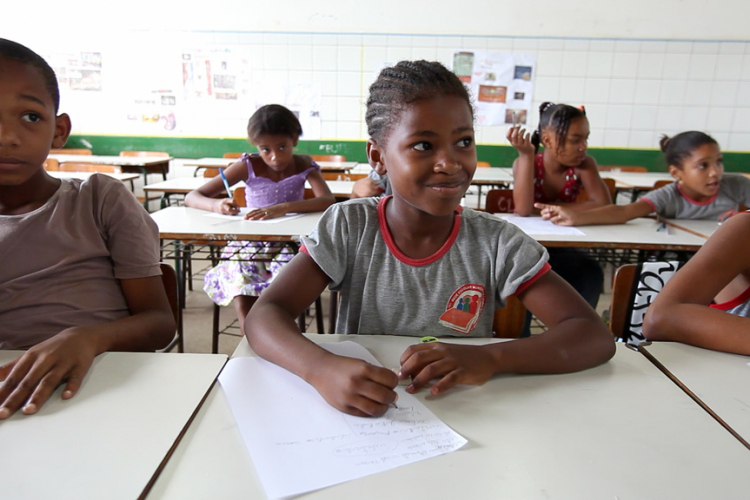Proactive Classroom Management

“The number one problem in the classroom is not discipline: it is the lack of procedures and routines.” –Harry Wong, author of The First Days of School
 In his teaching on classroom management, education guru Harry Wong emphasizes the importance of teacher preparation as the best means for preventing problems before they arise. Students entering the classroom should be greeted by teachers who have prepared themselves, their classrooms, and even the work in anticipation for a productive day’s learning. A well-managed classroom is one where students know what to expect and where teachers are proactive, providing clear direction on everything from how to answer a question to when to turn in homework, to how an assignment will be graded.
In his teaching on classroom management, education guru Harry Wong emphasizes the importance of teacher preparation as the best means for preventing problems before they arise. Students entering the classroom should be greeted by teachers who have prepared themselves, their classrooms, and even the work in anticipation for a productive day’s learning. A well-managed classroom is one where students know what to expect and where teachers are proactive, providing clear direction on everything from how to answer a question to when to turn in homework, to how an assignment will be graded.
As Wong discusses the differences between rules and procedures, he notes “a rule is a DARE to be broken, whereas a procedure is not. A procedure is a DO, a step to be learned.”[1] He encourages teachers to prepare for class by clearly articulating and then rehearsing procedures with students until they are second nature. He also emphasizes the importance of consistency in the application of these processes. Once students are in the habit of following these procedures, the amount of class time wasted on non-instructional activities is dramatically reduced. As this is reduced, so is the likelihood of students creating opportunities to distract themselves and others from the learning process. When students are focused on learning, the need for corrective discipline is greatly reduced.
| Discipline[2] | Procedures |
|
|
 On those occasions where students do show signs of distractibility or off-task behavior, Wong highly advocates the use of non-verbal signals: “A nod, a smile, a stare, a frown, a raised eyebrow, or a gesture is often all that is needed, and it does not even disturb the class at work.”[3] Similarly, moving into closer proximity to a student who is showing signs of distraction can be a non-intrusive deterrent. The more proactive we can be in helping our students remain focused and on task, the fewer discipline issues we will face.
On those occasions where students do show signs of distractibility or off-task behavior, Wong highly advocates the use of non-verbal signals: “A nod, a smile, a stare, a frown, a raised eyebrow, or a gesture is often all that is needed, and it does not even disturb the class at work.”[3] Similarly, moving into closer proximity to a student who is showing signs of distraction can be a non-intrusive deterrent. The more proactive we can be in helping our students remain focused and on task, the fewer discipline issues we will face.
January is a good time for us to take stock of our classrooms. What procedures have we established? How are they working? Where could our classrooms benefit from additional or revised procedures? What tools have we developed to help us stop off-task behavior before it begins? How do our classroom management plans reflect a biblical worldview?
As we begin the new year, let us be intentional about modeling preparation and establishing classroom patterns and procedures that honor the image-bearing nature of each of our students, and that provide a safe environment where everyone is free to learn.
Teacher Education Services
TeachBeyond
Photo Credits: Classroom. World Bank Photo Collection via Compfightcc.
Quiet1. https://unibathlibrary.files.wordpress.com/2011/05/quiet1.jpg.



